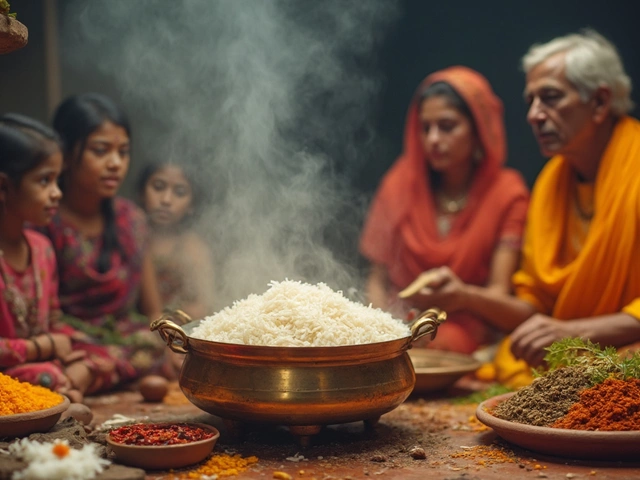Holy Basil (Tulsi) – Easy Growing Guide & Benefits
Ever wonder why holy basil, or tulsi, is a must‑have in Indian homes? It’s not just a pretty plant – it’s a hardy herb that fights bugs, adds flavor, and boosts health. Below you’ll find straight‑forward steps to grow it well, keep it lively, and get the most out of its leaves.
Pick the Right Variety and Spot
There are three main types you’ll see in Indian gardens: Rama (green), Shyam (dark purple) and Vana (wild). All of them tolerate heat, but the green Rama is the easiest for beginners because it tolerates a bit of shade. Choose a sunny corner that gets at least 5‑6 hours of direct light daily. If you live in a hot desert zone, a spot with afternoon shade will keep the plant from scorching.
When you buy a plant, look for a strong stem and no yellowing leaves. A healthy root ball signals the plant will settle quickly. You can also start from seeds – sprinkle them on moist soil, keep the tray warm, and expect seedlings in 7‑10 days.
Water, Soil & Feeding Basics
Holy basil loves well‑draining soil. A mix of garden loam, compost, and a little sand works fine. Avoid heavy clay that holds water; soggy roots cause root rot. Water the plant when the top inch of soil feels dry. In summer, that may mean watering every day; in winter, once a week is enough.
If you lack garden space, grow holy basil in a pot on a balcony or windowsill. Use a 12‑inch container, the same soil mix, and ensure the pot has drainage holes. Indoor plants need extra light, so a sunny windowsill or a grow light for 6‑8 hours works well.
Feed the herb once a month with a balanced organic fertilizer or a handful of aged compost. Too much nitrogen makes the plant leafy but weak‑smelling, so stick to the recommended amount.
Pruning is a secret weapon. Snip off the top third of the stems once the plant is 12‑18 inches tall. This encourages bushier growth and stops the plant from flowering too early – flowering makes the leaves less flavorful.
If pests show up, you’re in luck: holy basil repels many insects on its own. A few aphids or spider mites can be washed off with a strong spray of water. For stubborn bugs, rub a little neem oil on the leaves.
Harvesting is simple. Pick leaves in the morning after the dew dries for the best oil content. Use sharp scissors to cut a few stems at a time – never strip the whole plant. The fresh leaves add a spicy, lemony kick to tea, curries, and chutneys.
Beyond the kitchen, the leaves make a calming tea that many Indians drink to ease stress and support the immune system. Boil a cup of water, add a few fresh leaves, let it steep for 5‑10 minutes, and enjoy.
Remember to rotate your plants every few years. If you notice the plant getting leggy or the soil losing vigor, replant in fresh soil and give it a new pot.
With these basics, you’ll have a thriving holy basil plant that looks good, smells great, and keeps giving. Ready to give it a try? Grab a seed packet, find a sunny spot, and start watering – the tulsi magic is just a few steps away.
Sacred Plant in India: Why Tulsi Rules Flower Gardens
Tulsi, also called holy basil, is the most sacred plant in India and has a huge impact on gardening, health, and culture. This article explains why Tulsi is so special, from its religious ties to its powerful health perks. You'll get practical tips on growing Tulsi in your own garden and hear about fascinating legends that make this plant stand out. Anyone interested in flower gardening in India will find out exactly why Tulsi deserves a spotlight.
About
Flower Gardening
Latest Posts


Why Is Drip Irrigation So Expensive? Breaking Down the Real Costs and Saving Tips
By Alden Thorne Jul 22, 2025

Main Types of Drip Irrigation: Surface vs. Subsurface Explained for Gardeners
By Alden Thorne Jul 14, 2025

Best Low Maintenance Outdoor Potted Plants for Effortless Garden Beauty
By Alden Thorne Jun 28, 2025

